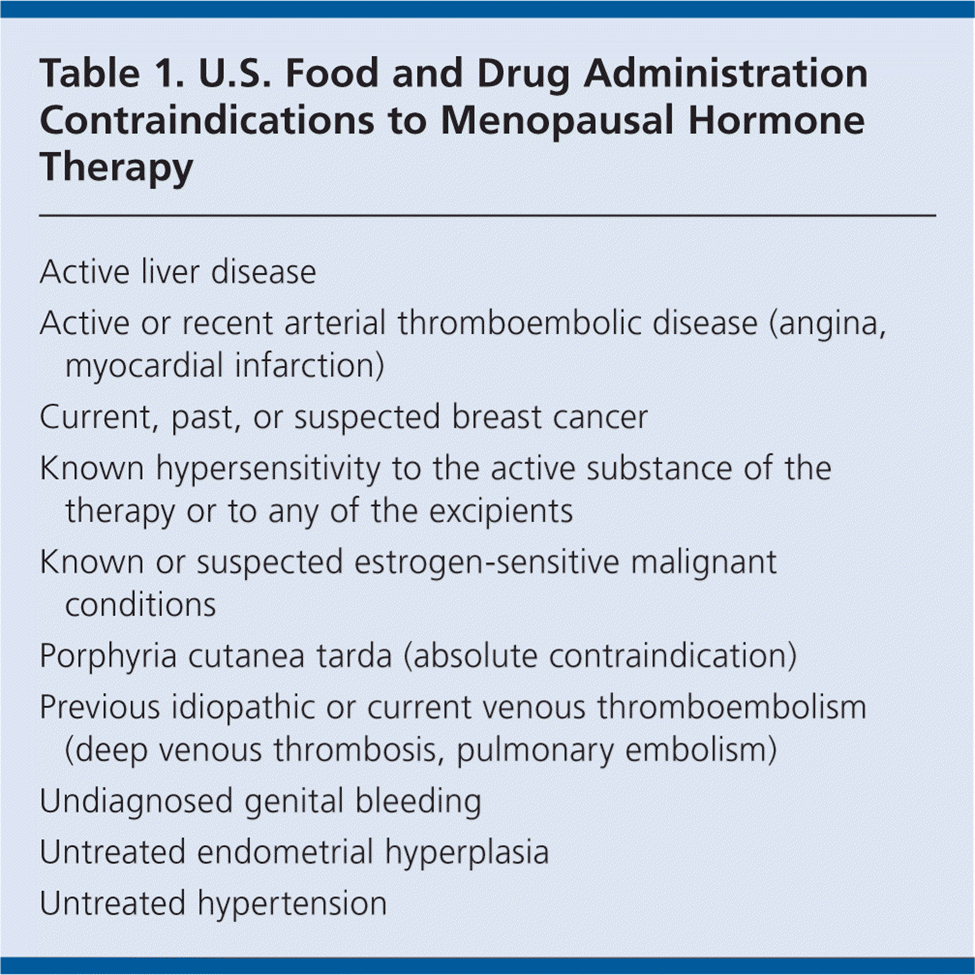A nurse is working a night shift and caring for several clients at risk for falls. Which of the following actions should the nurse take? (Select all that apply.)
Instruct the clients to use the call light.
Move overbed tables away from the bed.
Place a fall risk wristband on each of the clients.
Perform client checks every 4 hr.
Keep the clients' rooms dark.
Correct Answer : A,B,C,D
A. Instruct the clients to use the call light.
Encouraging clients to use the call light enables them to request assistance when needed, reducing the risk of falls if they need help to move or get out of bed.
B. Move overbed tables away from the bed.
Clearing the area around the bed, including overbed tables, reduces obstacles and potential hazards that clients might trip over or get tangled in.
C. Place a fall risk wristband on each of the clients.
Identifying clients at risk for falls by using wristbands helps alert all healthcare staff to take necessary precautions and provide appropriate assistance to prevent falls.
D. Perform client checks every 4 hr.
Regular client checks allow the nurse to monitor their condition, reposition them if necessary, assist with toileting needs, and ensure they're safe, especially during the night when falls might be more likely.
E. Keep the clients' rooms dark.
Keeping the room dimly lit during the night can help clients sleep better but should still provide enough light for safe movement. Complete darkness might increase the risk of falls if clients need to move around.
Nursing Test Bank
Naxlex Comprehensive Predictor Exams
Related Questions
Correct Answer is B
Explanation
A. Concurrent treatment for GERD (gastroesophageal reflux disease) is not typically a contraindication for hormone replacement therapy. However, it's essential to assess the specific details of the client's medical history and medications to ensure safe use.
B. A history of breast cancer is a significant contraindication for hormone replacement therapy. Estrogen, a component of many HRT regimens, can stimulate the growth of certain types of breast cancer. Therefore, HRT is generally avoided in individuals with a history of breast cancer.
C. A history of dermatitis is not typically a contraindication for hormone replacement therapy. However, individual circumstances should be considered, and any concerns related to skin conditions should be discussed with the healthcare provider.
D. Multiple hospitalizations for COPD (chronic obstructive pulmonary disease) may not be a direct contraindication for hormone replacement therapy, but the overall health status and individual medical history should be carefully considered before initiating HRT.

Correct Answer is A
Explanation
A. Obtain the client's vital signs: The nurse's priority is to assess the client for any injuries or complications that may have occurred during the fall. Obtaining vital signsprovides critical information about the client's immediate health status, such as the presence of hypotension, tachycardia, or other abnormalities that might indicate injury or a medical issue that caused the fall.
B. Inform the client's family member: While it may be necessary to inform the family of the incident, this is not the nurse's first priority. Ensuring the client’s safety and assessing their condition takes precedence.
C. Notify the client's provider: The provider needs to be informed of the fall, especially if there are injuries or changes in the client’s condition. However, this action should occur after the nurse has assessed the client and gathered pertinent information.
D. Assist the client back into bed: The nurse should not move the client until an assessment has been completed. Moving the client without first assessing their condition could potentially worsen any undiagnosed injuries, such as fractures or spinal injuries.
Whether you are a student looking to ace your exams or a practicing nurse seeking to enhance your expertise , our nursing education contents will empower you with the confidence and competence to make a difference in the lives of patients and become a respected leader in the healthcare field.
Visit Naxlex, invest in your future and unlock endless possibilities with our unparalleled nursing education contents today
Report Wrong Answer on the Current Question
Do you disagree with the answer? If yes, what is your expected answer? Explain.
Kindly be descriptive with the issue you are facing.
